Leaders must continuously deliver on the core, constant components of a great employee experience if they are to establish a workplace that is best in class.
In addition, in order to address current issues (like COVID-19), leaders must ask insightful questions and deliberately modify the employee experience.
This difficult balance is especially important when businesses start to recover from the pandemic and establish objectives for 2022. Leaders must evaluate how they are involving employees at each stage of the employee life cycle even while the fundamental components remain consistent. How successfully, for instance, do your digital onboarding processes assist staff in creating fruitful internal relationships?
In other words, leaders must assess and improve their employee experience to make sure it energizes staff and boosts performance if they want to create a productive, growth-oriented, and future-ready workplace.
Here are five essential topics to concentrate on in 2022 to maintain the best possible employee experience:
1. Hiring has shifted in terms of where executives look for outstanding talent.
COVID-19 fundamentally altered hiring and recruiting. Numerous positions were moved from on-site to remote, and the hiring process was conducted entirely online.
These kinds of changes have given leaders chances. Without regard to workplace boundaries, for instance, businesses can look for excellent individuals anywhere in the country or even the world. But new pressures on leaders have also arisen as a result of changes in employment. The most notable effect of boundary-less candidate pools is the rise in talent rivalry. Leaders must create a compelling, attractive employee experience since top personnel might be more selective about their job than ever.
A clear and forward-looking talent acquisition plan is necessary for this. Leaders should start by asking themselves these queries:
How has the shift to virtual recruiting affected your method for acquiring talent? How can you take use of the advantages of virtual hiring? How will you decide which roles demand that form of final interview as in-person interviews reappear?
How are you classifying job postings in 2021 as totally remote, hybrid, or on-site? How has working remotely altered your pool of candidates? How can your company take advantage of larger talent pools to hire a more diverse workforce?
Do your organization’s purpose, culture, and brand appeal to potential employees? How effectively do you explain your EVP to prospective employees and include it into your hiring procedure?
What methods are you using to record and catalog the abilities, know-how, and experiences of your current workforce? How are you putting that information to use to actively fill positions or train staff to take on additional duties or alternative roles?
2. During onboarding, first impressions continue to be important
With COVID-19, onboarding was turned on its head. Many new hires do not have the luxury of getting to know their new coworkers personally or developing friendships over lunch or in the hallways.
This calls for leaders’ attention because orienting new hires to the workplace culture and laying the groundwork for engagement is the first and most important opportunity. Positive memories are established by successful onboarding experiences, which can influence employees’ expectations of your organization’s values and how your brand serves consumers’ demands.
Leaders must adapt their strategies as onboarding processes change continuously in 2022, for instance with improved digital training sessions, in order to ensure that new hires can build meaningful relationships. The following are crucial inquiries that your firm ought to answer:
Can you design an onboarding process that is both virtual and in-person? If so, how will you make sure both experiences are equally interesting and help new employees feel a connection to the company?
Is the network you build for new employees throughout the onboarding process one they can use in the future, whether it be six months from now or a year from now, to continue learning from it?
Are you still evolving and listening? Frequent and detailed feedback from managers and staff who work closely with new hires is an essential component of an agile onboarding program. Are you obtaining input from these sources and acting upon it?
3. Performance is what’s driving your new standards
Given the pandemic, there are many business disruptions and market uncertainties in the current workplace. In turn, ambiguous role requirements and decreased accountability affect a large number of employees. The difficulty of communication and teamwork increased when more than 60% of the workforce switched to remote work. And hybrid remote teams will create new issues in terms of how we collaborate when some employees return to the office while others stay at home.
These challenges are important because great work performance depends on having clear standards, continual collaboration, and consistent accountability. Rather of lowering standards and accountability in 2022, managers should enable staff to create new performance goals and priorities. Employers should set agile goals since managers will need to make modifications as requirements and priorities change during the year.
Most importantly, regaining performance management will call for constant mentoring and assistance from managers. It is challenging to disrupt performance management when it is adaptable and built for ongoing improvement.
In light of this, executives should reconsider their performance approach by asking the following questions:
- How will your measurements and performance objectives change? Have work duties or business requirements changed? Are some indicators less important or beyond the control of the workforce? Should you prioritize short-term performance targets more until your company has stabilized?
- How can your performance management system become flexible enough to handle present turbulence and unpredictability in the future? Do your supervisors meet with each team member to discuss goals and progress at least every three months? Are they taught how to conduct regular, one-on-one coaching sessions with workers?
- Are your managers equipped to motivate remote staff to excel?
4. Development – how will you paint a picture of growth for your employees?
Employee development was a demand that wasn’t met even before the pandemic. Due to COVID-19, it has become even more challenging as company requirements and methods of operation have changed.
For instance, many employees lack the opportunity to ask their teammates and superiors urgent questions, leaving them confused of how to learn new skills. Others might be asking how they might develop in their jobs without their leaders seeing them in action.
Employees need to feel confident about their future with your business and that you have a long-term plan for helping them flourish.
The following queries should help leaders improve their employee development strategy:
Do each of your employees have a unique career plan and growth strategy?
What jobs and duties have altered as a result of the pandemic? How can our workforce be upgraded to match our evolving needs? Exist new opportunities for employees to take on challenging new tasks or support overworked leaders?
How can we provide remote workers with networking and mentorship opportunities so they don’t become “out of sight, out of mind”?
5. The modern workforce now demands employee wellbeing
Considering that the pandemic has resulted in unprecedented levels of stress and anxiety, wellbeing needs to rise to the top of the employee experience agenda. For instance, maintaining social relationships is more challenging, and distant workers are susceptible to a new form of burnout.
Leadership that is devoted to promoting each of the five components of wellbeing is more important than ever if you want to lead an engaged and productive staff.
To ensure that their workers like their jobs, leaders should think about the following issues:
When they engage, manage, and develop their team members, are managers taught to keep the full person in mind?
How do we assist staff members in overcoming COVID-19 fatigue and achieving work-life balance? What steps are being taken to stop and treat burnout at work?
What steps are we taking to promote wellness as a culture? How are the five fundamental components of wellbeing being addressed?
The workplace of today is constantly changing. However, certain things never change, such as employees’ inherent desire for a real, fulfilling work environment.
The good news is that by using a research-based, tried-and-true strategy, executives can create memorable, engaging employee experiences at every stage of the employee life cycle. And when they do, they can boost productivity at the individual, team, and corporate levels.




